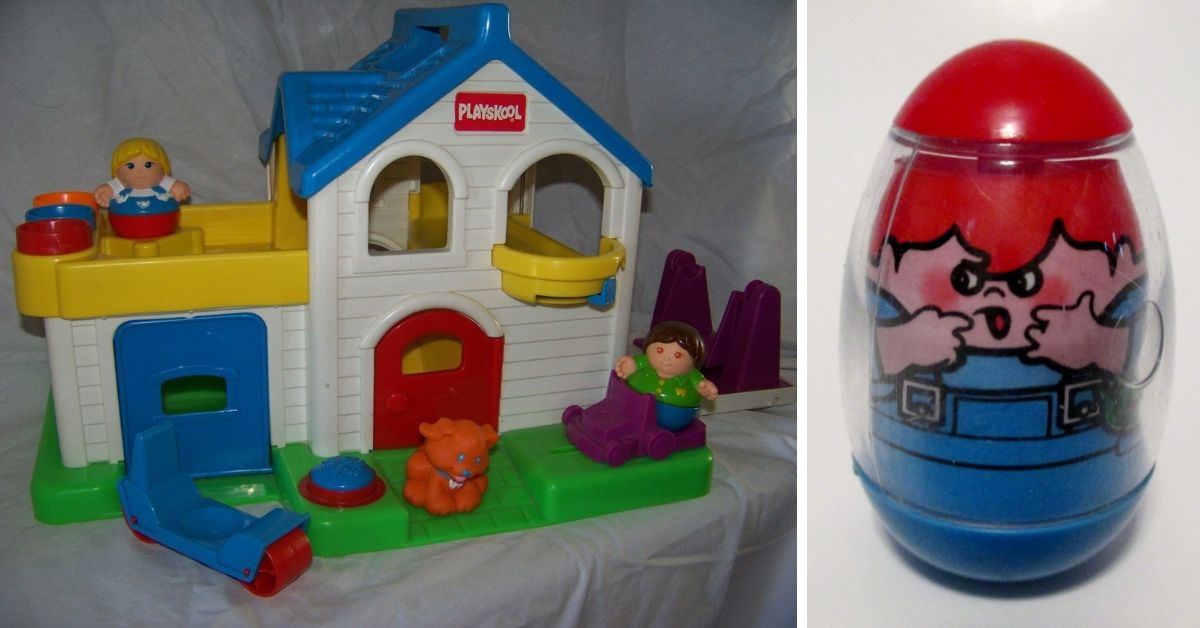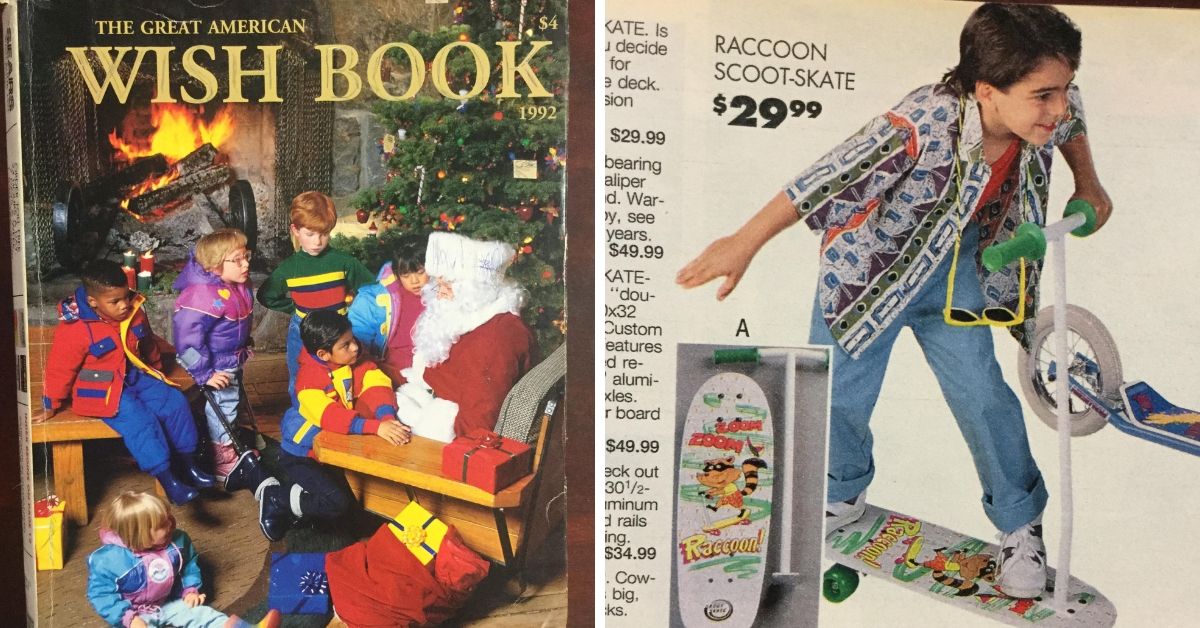
The Hair-Raising History Of How Trolls Became One Of The Longest-Lasting Toy Trends
I think we can all agree that looking back on our childhoods makes us reevaluate some of our obsessions.
Did we need all of those Beanie Babies? Probably not. Did we need every POG available? Probably not. Was Tickle Me Elmo really worth the effort our parents put in? I guess not.
But those things were just short little trends that passed by in a few short years. There was another toy, one that's even weirder than a game based on cardboard disks that managed to last for decades, and is making its comeback now: Trolls.
Troll dolls seemed like they were everywhere in the 90s, I mean, look at this shirt and judge for yourself.

But why, or I guess how did these little fluffy-haired, big-eyed, wrinkled little things become so popular?
Where did Trolls come from?
Troll dolls actually came a long way to become popular. They originated all the way over in Denmark in the 1950s.
The Danish company was started by a man named Thomas Dam after his wife encouraged him to try selling the wooden dolls he had been carving for his children. He called them Good Luck Trolls and they quickly became popular.
He sold the wood dolls door-to-door for a while, but in 1956 the demand became too high after his dolls were used in display windows. Too many people wanted Trolls so he had to open a factory and switch to a rubber body stuffed with wood shavings to keep up with demand.
Why Trolls?
Trolls may not be the first thing that comes to your mind when you think of cute and lovable creatures for kids, but in Scandinavia, trolls are considered to be lucky.
The reason they are lucky is because Scandinavians once believed that nothing bad can happen to you when you are laughing.
Dam had a sense of humor about his creations, once calling them "so ugly" that "when you looked at them you couldn't help but laugh, and when you laugh, luck follows you."
Why is their hair so big?
The Trolls dolls' signature hair originally came in three colors: white, black, and orange. The hair was Icelandic sheep's wool at first, and was glued on to create a big bushy and wild look.
In 1964, Dam's production increased so much that he was forced to purchase the entire wool harvest of the entirety of Iceland just to make Trolls.
When did they come to America?
While a lot of us probably remember Trolls from the revival in the 90s, they first arrived state-side in the early 60s.
They were called Dam Dolls when they were originally sold, but the high quality versions created by Thomas Dam started to see some knock-offs pop up on the market thanks to an error in the copyright notice.
Wish-niks, Fauni Trolls, and Lucky Shnooks all had a similar look to the original Dam Dolls' Trolls, but four decades later Dam would come out on top, winning the patent on the design.
The 'Trollz' rebranding failure
In 2005, there was an attempt at "modernizing" the brand by calling them Trollz. It was an effort made by DIC Entertainment and involved fashion dolls and accessories based on the Trollz theme, but it was a huge misstep.
In 2007 Dam's company filed a lawsuit claiming that DIC Entertainment had destroyed the image of their product, and misrepresented their ability to market a successful product.
Rebranding take 2: DreamWorks steps in
In 2013, DreamWorks Animation obtained the intellectual property for Trolls, making them the exclusive distributor of Trolls products everywhere except Scandinavia.
This time the rebranding went spectacularly, and the new animated movie voiced by Justin Timberlake and Anna Kendrick became a huge hit among kids all over.
While they don't look quite as goofy as the original models, they still have that iconic tall hair that we all know and love.
But here we are now, sixty years later, still talking about Trolls. That's pretty impressive for a toy if you ask me!
Source - Mental Floss / Wikipedia / Timeless Toys









